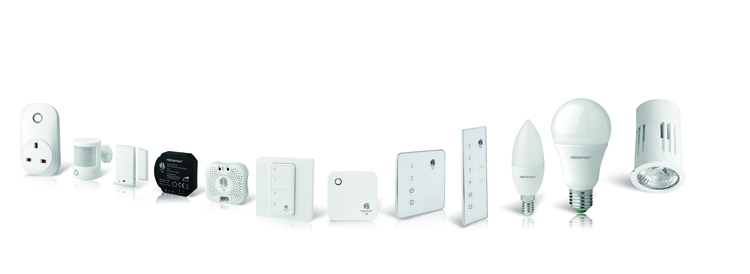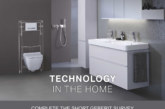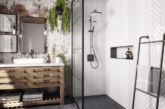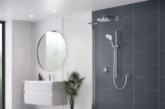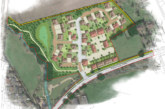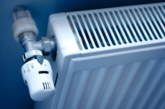 As the adoption of smart technologies amongst homebuyers increases, housebuilders will undoubtedly have to implement smart devices as standard within properties. Here Glen Krise, Managing Director at Megaman, looks at the latest technologies that could grab the attention of buyers.
As the adoption of smart technologies amongst homebuyers increases, housebuilders will undoubtedly have to implement smart devices as standard within properties. Here Glen Krise, Managing Director at Megaman, looks at the latest technologies that could grab the attention of buyers.
According to the latest YouGov survey, 23% of homes have at least one smart device and of the homes that do not, 14% said they would consider purchasing one. While growth is gradual, the adoption of smart home technology amongst consumers is consistent and is impacting on their expectations for future homes. Research by Barclays Mortgages suggested that prospective buyers in particular are keen on installing smart technology and are often willing to pay more for a house with a smart system already inbuilt, in some cases in excess of £10,000.
Meanwhile, for housebuilders, issues like energy efficiency are having a significant impact on the design of newbuilds, with the government recently establishing a set of new requirements, specifically a reduction in CO2 emissions and an improvement in energy efficiency, as part of the launch of the Future Homes Standard earlier this year. Smart technology has the potential to help a home improve its energy efficiency significantly by increasing the control occupants have over their household appliances. As such, smart technology is becoming an ever more necessary addition to a new build property – not only to entice a new generation of prospective buyers but also to help housebuilders meet crucial efficiency targets.
Smart lighting in particular can provide significant energy efficiency results. By installing a smart lighting system, this enables the homeowner to have instant control over his or her household lighting wirelessly via a smart phone or by verbal commands. By utilising this control effectively, homeowners can easily reduce energy consumption and household expenses. With the guarantee of long-term low-cost bills, a smart lighting system is an attractive incentive for prospective buyers – in addition to helping housebuilders meet the initial build requirements of the Future Homes Standard.
When looking to specify a smart home system for a new build, it is important to keep in mind the issue of compatibility. This is to ensure that the technology a buyer already owns can easily be integrated into their new home, an issue they are likely to be considering, as well as futureproofing the home to make sure it will be compatible with any further technological advances.
There are currently a number of bespoke home automation systems on the market, yet a common problem is compatibility as they work across a number of different incompatible protocols. Manufacturers are now looking to combat this issue by producing systems that are compatible with several different protocols and all major smart automation systems. By selecting a system that has this level of compatibility, housebuilders can ensure that they develop a flexible smart home that buyers can utilise in the way they need or wish to.
Compatibility is also important with regards to the scope of the system. In addition to monitoring and controlling a building’s lighting system, products like Megaman’s own INGENIUM ZB can be connected to a variety of other household appliances, allowing for the simple control of everything through one easy system. The incorporation of smart sockets allows homeowners to connect any plugged-in device or appliance, for example a television, kettle, fan or standing lamp. INGENIUM ZB allows for the monitoring and scheduling of up to 50 connected devices via its own app or alternatively via compatible systems including Amazon Alexa, Google Home and Samsung SmartThings. Not only does this ensure further energy savings but it also increases the size of the smart system considerably by allowing for the incorporation of non-smart, pre-owned household items as well as some of the most popular smart systems on the market – an exciting prospect for prospective buyers.
Furthermore, systems which allow for the addition of passive infrared (PIR) motion sensors – which activate and deactivate programmed technology dependant on an occupant’s presence – can make a smart home even easier to use for buyers and can further generate significant energy savings. If installed during the build, these sensors are simple to connect to and, as a fit and forget solution, once programmed they will continue to function as selected – further simplifying day to day tasks and reducing the energy use of everyday items.
As smart technology continues to gain popularity, especially amongst the next generation of homeowners, it is essential that housebuilders begin to integrate smart systems into developments at the outset. Not only will this entice prospective buyers, who are willing to pay more for smart technology, but it will also help housebuilders meet energy efficiency standards by reducing the energy consumption of a property.


